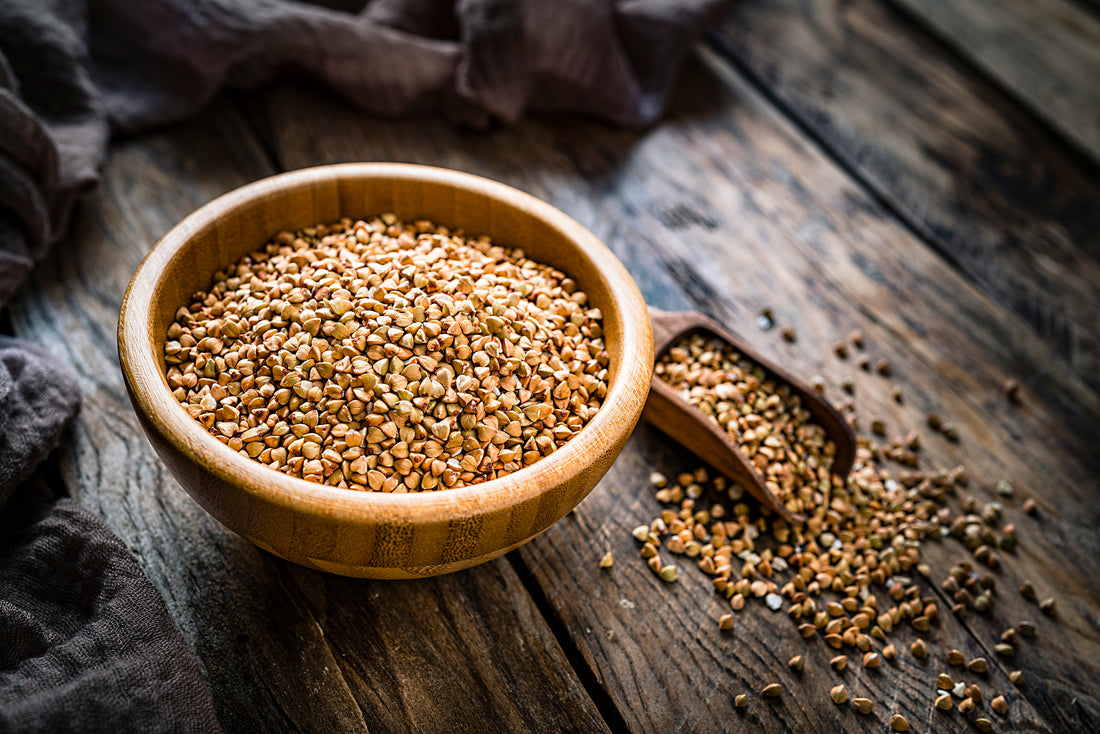Amid a modern backdrop of common lifestyle-related illnesses, dietary quality has emerged as both a risk and an opportunity for health. Research increasingly focuses upon the importance of nutrient density, intakes of phytonutrients often lacking in modern diets, and in the functionality of foods’ macronutrient profiles. To definitively address immunometabolic imbalances that result in disease for many individuals, there is heightened interest in ancient species of plant foods that provide exceptional nutritional value.
As a gluten-free cereal that thrives under challenging environmental circumstances, buckwheat presents a uniquely attractive proposition: a healthy food that is ecologically beneficial. Research on the phytochemical components of buckwheat shows that they possess desirable mechanisms of action, including immunomodulation, chemoprotection, cell life-and-death cycle modification, and other salutary influences.
This review summarizes findings from dozens of detailed chemical analyses of buckwheat flour, seed, sprouts, leaves, hulls, and other plant structures. Nutrients and phytonutrients assayed include flavonoids, stilbenes, lignans, isoflavones, minerals, tocopherols, sterols, B vitamins, and many others.
Buckwheat’s Extraordinary Array of Plant Nutrients

KEY TAKEAWAY:
Buckwheat is remarkably well-rounded for a cereal food, providing healthy carbohydrates, fats, and dietary fiber, along with gluten- and gliadin-free protein. It is additionally generous in its mineral and B vitamin contents, and provides choline and multiple tocopherols. Yet perhaps most distinctive of all is its wealth of flavonoids, resveratrol, and other constituents having immunomodulatory influence.


